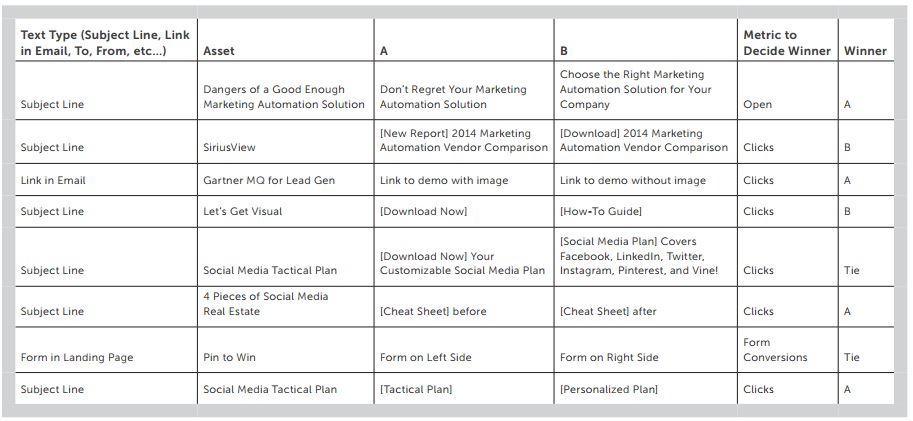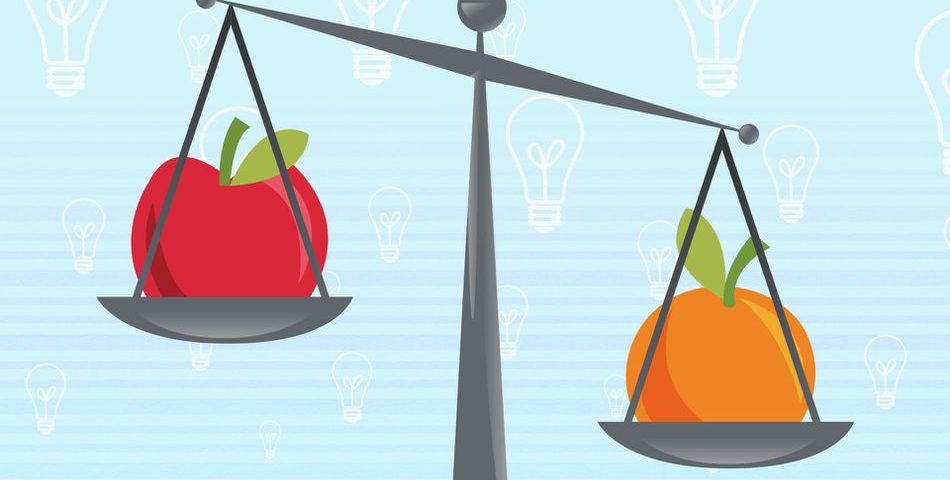- Have any questions?
- [email protected]
A/B TESTING WORKFLOW

The A/B Testing Process
October 31, 2023
How to Monitor, Manage, and Mitigate Online Risks to Your Brand
November 1, 2023If your marketing team is going to integrate A/B testing into its marketing strategy, it needs to be mindful of doing it on a regular basis. It’s not a process that can be partially monitored or dabbled in when convenient. Further, it’s a good idea that every member of the marketing team have some background in testing or optimization and even more importantly, fully understand the merits. With that being said, here is the detailed workflow for an A/B tester to follow:
1. Choose one element to test: Pick an element you feel will have an impact on the customer’s behavior. Test high-impact programs: pricing page, sign-up page, welcome email, etc.
2. Write a hypothesis: Just like any scientific method, A/B testing begins with a hypothesis. Marketers should develop a strong hypothesis as to what they think might happen as a result of the test, such as an increase in conversions or click-through rate, or an increase in the amount of time a customer spends on a particular webpage. The hypothesis could be based on numerous things:
- What’s worked in other places, such as similar webpages and emails
- Insight from your colleagues
- Feedback from customers
- Just your plain old instinct!
So, ask yourself, what do you think will happen? Which version do you think customers will prefer and why? Because A/B testing produces data that supports a hypothesis, A/B testing empowers marketers with confidence in their decision-making and gives marketers solid justification when pitching new ideas, or changes, to their managers.
3. Decide on the sample group: Make sure to use a large enough sample size. In short, the larger the sample size, the stronger your results will be. Which demographic or industry will you focus on for this A/B test? Specifically, for an A/B test of an email, this step could encompass just splitting your contact list in two.
4. Define what success will look like: Determine what you want to achieve through testing. What are your ultimate success metrics? What will you improve through testing and optimization? Success can be measured in terms of opens, clicks, shares, conversions, and more.
5. Set up the test: Schedule when you’ll administer the test and determine how long it will run.
6. Look at test results: After the test has completed, analyze data sets and examine results based on the success factors you decided earlier. It’s helpful to set up a chart where you can keep a record of your results as you run tests. Below is an example of one:

Example of A/B Testing Results Record
7. Determine the winning combination: Which version performed better? Did it perform significantly better or just marginally? Was it statistically significant? (More on this later in the ebook.)
8. Make necessary changes: Make changes to reflect the results of the test. If a red CTA button is more effective than a black one, change it on the page or email in question.
Note that the exact process may vary depending on your industry, company size, and target audience, but it always consists of creating, running, and reporting on the test.
The keys to successful A/B testing are finding the process that works for you and your marketing team, and maintaining consistency throughout all tests. Consistency is crucial, as the slightest alteration can skew results and could possibly lead you to make changes to an element in a campaign that was working to drive conversions! Yikes!


